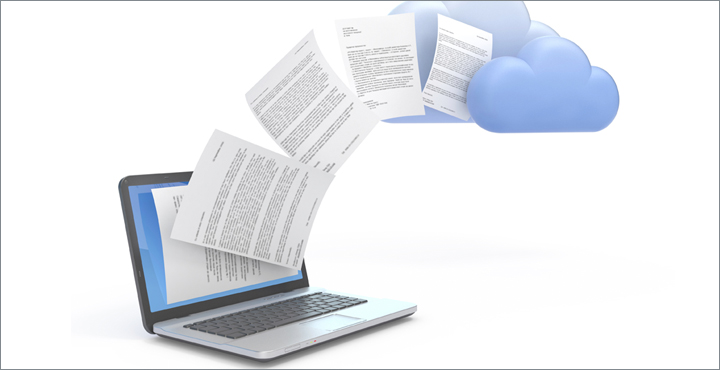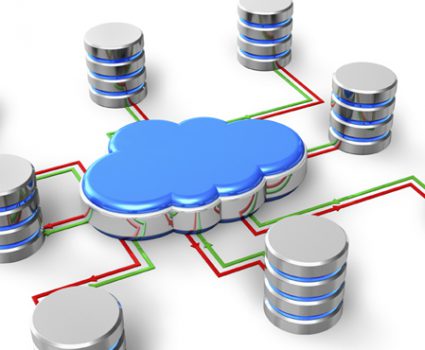
How to effectively manage a shared drive: Part 2
In our last blog post we shared four initial steps to help you optimize the use of your shared drives.
These first steps involved creating an information framework, designing the folder structure and establishing user permissions. From there, we were able to implement the new structure on the shared drive itself.
However, before your new structure is ready for prime time, you’ll need to take care of a few additional steps. In fact, these final four steps are some of the most important ones if you are to achieve the desired outcomes of reduced risk, avoidance of document duplication, and increased worker productivity.
Going live with your new shared drive
As with any records management initiative, success is heavily dependent on staff education and proper transition management. These two items help round out the final four steps of our approach:
- Educate all staff on the new structure and processes
This is a two-part step. The first part is to educate staff on the benefits of the new approach. If staff aren’t excited about the benefits of the new shared drive, they will be less likely to work with it! The second part is to show them how to actually use the new shared drive. It helps to be as thorough and detailed as possible when training your staff. Not everyone will have the same understanding of computers or records management principles. For example, something as simple as renaming a folder or creating a new one may not be common knowledge. - Carefully transition to the new shared drive
Moving staff over to the new shared drive is also a two-part process. When you move to a new house you don’t want to bring your garbage with you, so the first step is to get staff to participate in a purge of unneeded documents.By placing unneeded files into a “purge” folder it simplifies the next step, which is to migrate retained files into the new folder structure. Again, you’ll need to get each department to participate in the process, allowing them to perform the migration in the way that works best for them. - Monitor and assist staff during the transition
If the training has been performed well, your role during and after the migration process should be minimal. However, even with the best laid plans, staff will undoubtedly require assistance and guidance during the transition process. - Wrap up the final details
With the migration complete, there are a few final details to take care of before closing the project. These include:- Deleting old directories, as well as the purge folder
- Finalizing folder names by removing the temporary prefixes you created earlier
- Obtaining sign-off from key stakeholders
While some of these steps may appear to be common sense, we have seen quite a few organizations overlook important elements in the rush to migrate to a new shared drive.
A proven, methodical approach like the one we have outlined ensures that you cover all the bases to achieve a successful outcome.





